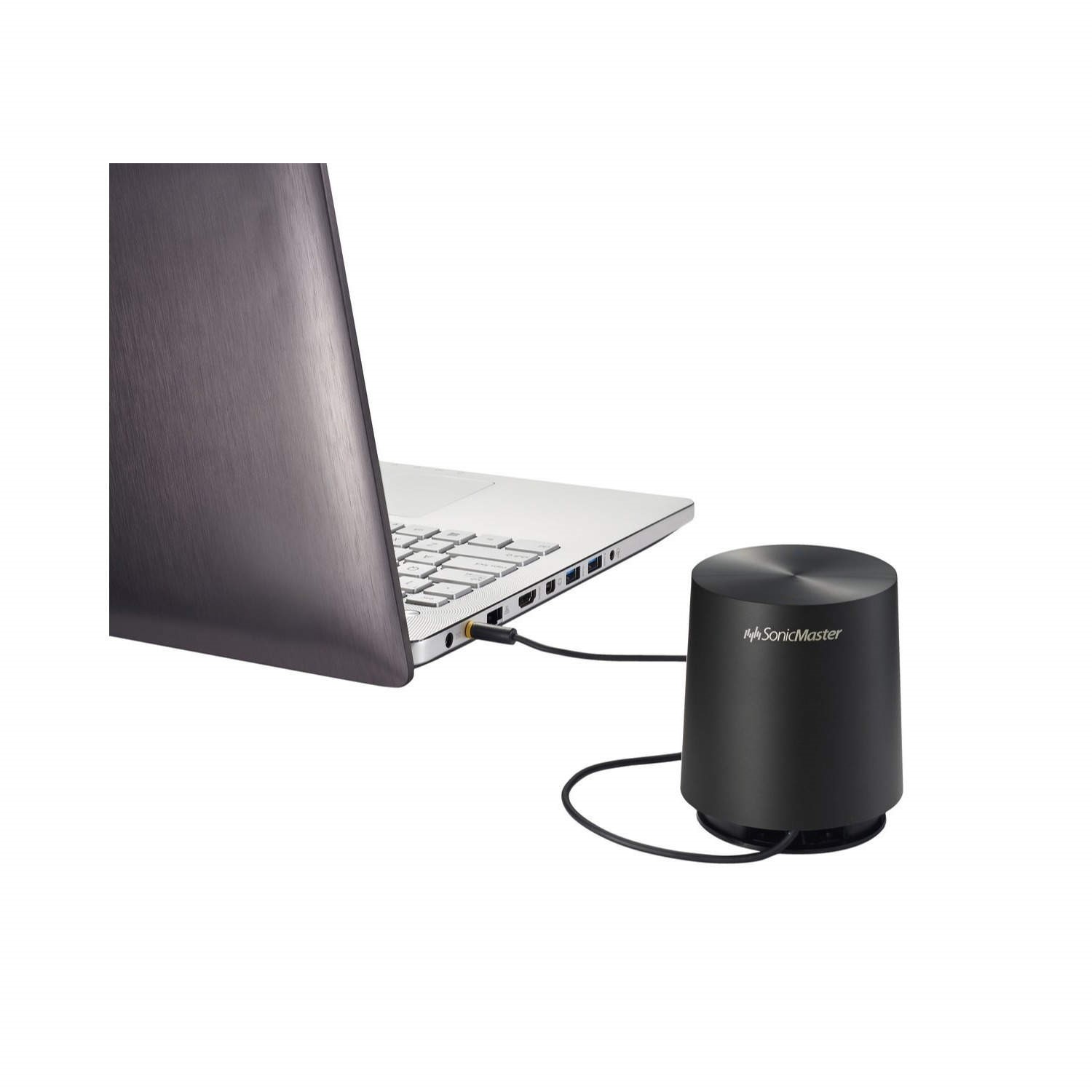

Asus n550jk support install#
The install on my system – Stage 1 took between 8-12 minutes and stage 2 took between 15-20 minutes. Recheck everything with the guide and try again. If you have a spinning cursor in the upper left corner and it has been more than 4-5 minutes, something is wrong.

For me, once the progress bar is just below the apple, I got an arrow cursor in the upper left corner, the progress bar finished quickly and the installer screen loaded. Loading the installer from USB is a slow process, so give it at least 2-3 minutes. If the USB is not listed in the menu, - use CTRL/ALT/DEL to reboot, press ESC for the boot menu. Select your USB stick as the boot device (should say UEFI: USB xxxxx Flash Drive). Now that you have the USB installer - boot your laptop and press/hold the ESC key to bring up the boot menu.
Asus n550jk support trial#
The benefit of using external for me is – I am able to attach the drive to my desktop to modify things in the event it does not boot on my laptop, which happened several times during trial and error. I will install a second internal drive after I have everything working. I was unable to format the second partition on my drive, so I decided to install OS X on an external 7200-RPM USB drive, which actually boot faster than the internal 5400-RPM drive.
Asus n550jk support windows#
There is a link in the guide listed above regarding Windows and OS X on the same drive. If you are planning on installing OS X on the same drive as Windows, good luck. This is part of the process that will enable QE/CI.

This will need to be change back to 0x04128086 after you install Clover to your HDD, or if you will use the USB stick to boot OS X. Section: Devices: – IntelGFX – change string 0x04128086 to 0x0. I had to modify the following section in ist – otherwise I got garbled (distorted) screen that is unreadable. Must be renamed to ist and copied to the USB EFI/Clover directory to replace the default plist that is installed with clover. GenericUSBXHCI - I didn't need this, but it does not crash the system if installed.Īll of the FakeSMC kexts (5 total) – My system got stuck at the spinning cursor in the upper left corner without them.Ĭist - Use ConfigHD4600_ist as a starting point – need to be modified. I partitioned my USB with 1 GPT partition and used the Create Install Media method to copy the OS X install files to USB.Ĭopy the following kexts to EFI/Clover/kexts/otherĪpplePS2SmartTouchPad - Google search - available at OSXLatitude - I'm using SmartTouchPad_v4.3_Final My BIOS Setting – press F2 to enter BIOS setupĮverything you need to create the USB stick and install Yosemite is included in this guide. Ports: HDMI, Mini DP, 3xUSB 3.0, sub-woofer, combo headphone/microphone Screen: 15.6 Inch Full-HD IPS Touchscreen (Max 1920x1080) On AMD motherboards, head to Advanced > AMD fTPM configuration and select Firmware TPM from the pull-down menu.Building a CustoMac Hackintosh: Buyer's Guide On Intel motherboards from Asus, the setting can be found by navigating to Advanced > PCH-FW Configuration > PTT and selecting Enable from the pull-down menu. Updating the BIOS is generally safe and easy these days, but things can still go awry (like a power outage in the middle of an update), and you might have a bunch of custom settings to re-enter. You may want to go this route if the latest BIOS does not add anything else to the mix (you can check the release notes).

If you own an Asus motherboard, head over to its Windows 11 BIOS microsite (opens in new tab) and look for your model to see if a new BIOS is available.Īlternatively, you can enable TPM 2.0 yourself, without updating the BIOS. Many of them are already available, while several others are currently being tested. Best gaming motherboard (opens in new tab): the best boards aroundīest AMD motherboard (opens in new tab): your new Ryzen's new homeĪsus is in the process of pushing out updated firmware for dozens of AMD and Intel chipsets covering hundreds of motherboard models.


 0 kommentar(er)
0 kommentar(er)
